

Dry eye is a chronic condition that occurs when your tear film is lacking in one of the components that keeps your eyes lubricated and comfortable. These three components are mucin, oil, and water.
When you lack one or more of them, your tears may evaporate too quickly, or you may not be able to make enough tears for your eyes to stay moisturized.
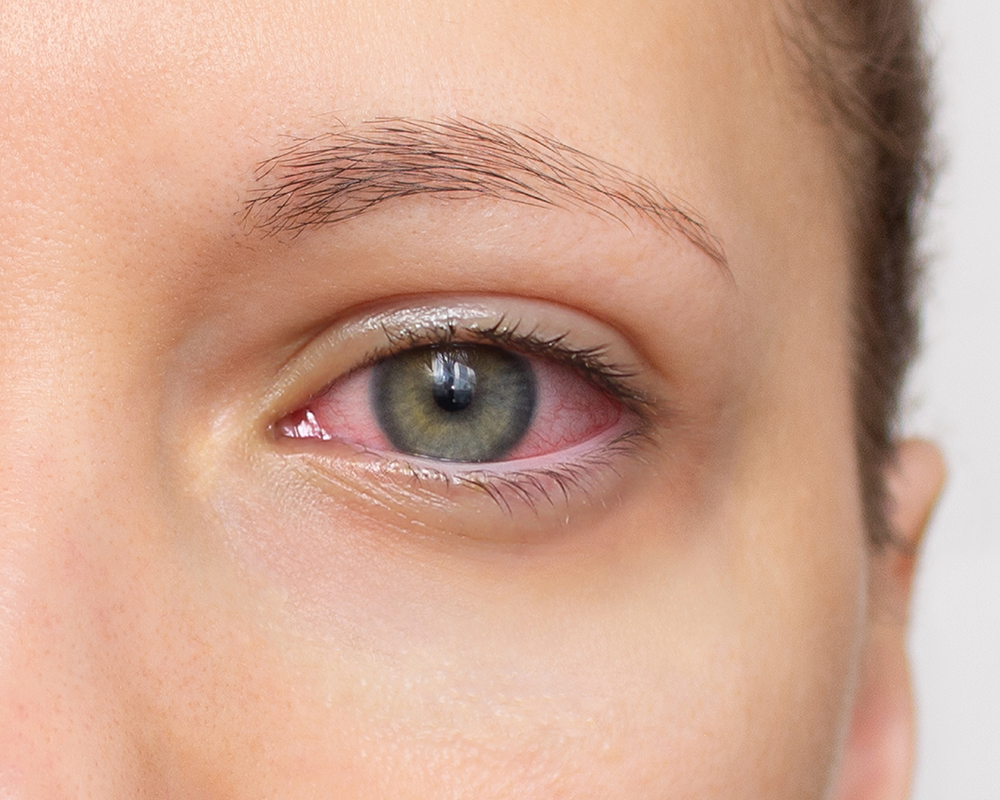
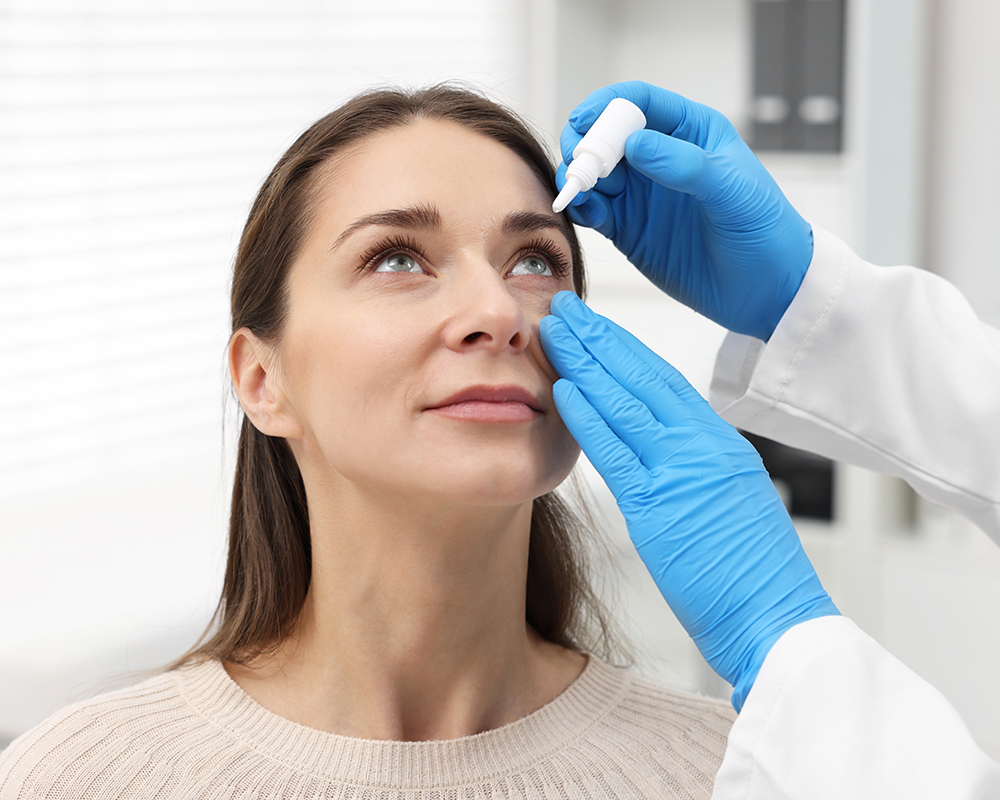
Dry eye is increasingly common worldwide, affecting both men and women with symptoms ranging from:
These symptoms can also be signs of other eye conditions, so it's essential to schedule an eye exam with your ophthalmologist at The Eye Center to ensure you are correctly diagnosed.
A crucial part of determining the right treatment for dry eye is getting to the root cause of your condition. Many factors can contribute to dry eye, including:
After carefully and precisely diagnosing your condition, our dry eye doctors discuss the treatment options that would be the most effective and make the most sense for you. Treatment typically focuses on education while combining natural, homeopathic suggestions along with cutting-edge Western medicine treatment modalities.
The Eye Center offers a wide range of effective dry eye treatments that are determined by the findings of a complete dry eye evaluation. This evaluation is used to create a custom, targeted treatment plan specific to your eyes' needs and the symptoms you experience.
These recommendations range from lubricating eye drops to state-of-the-art intense pulsed light therapy and beyond. The dry eye treatments offered at The Eye Center include:
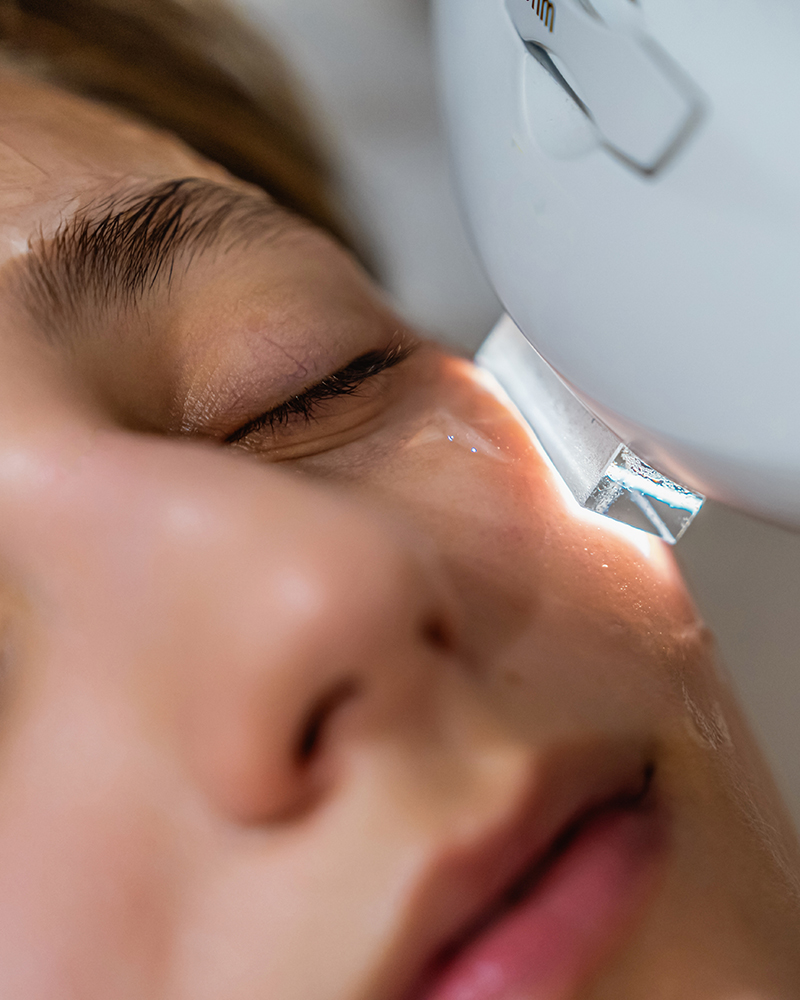
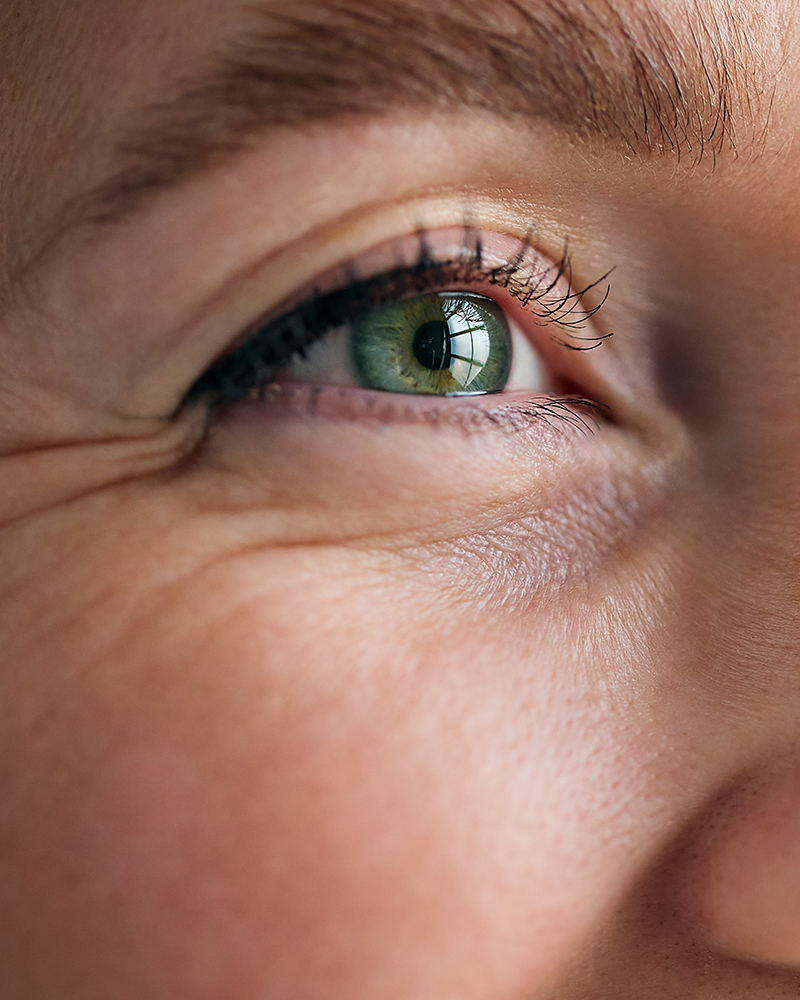
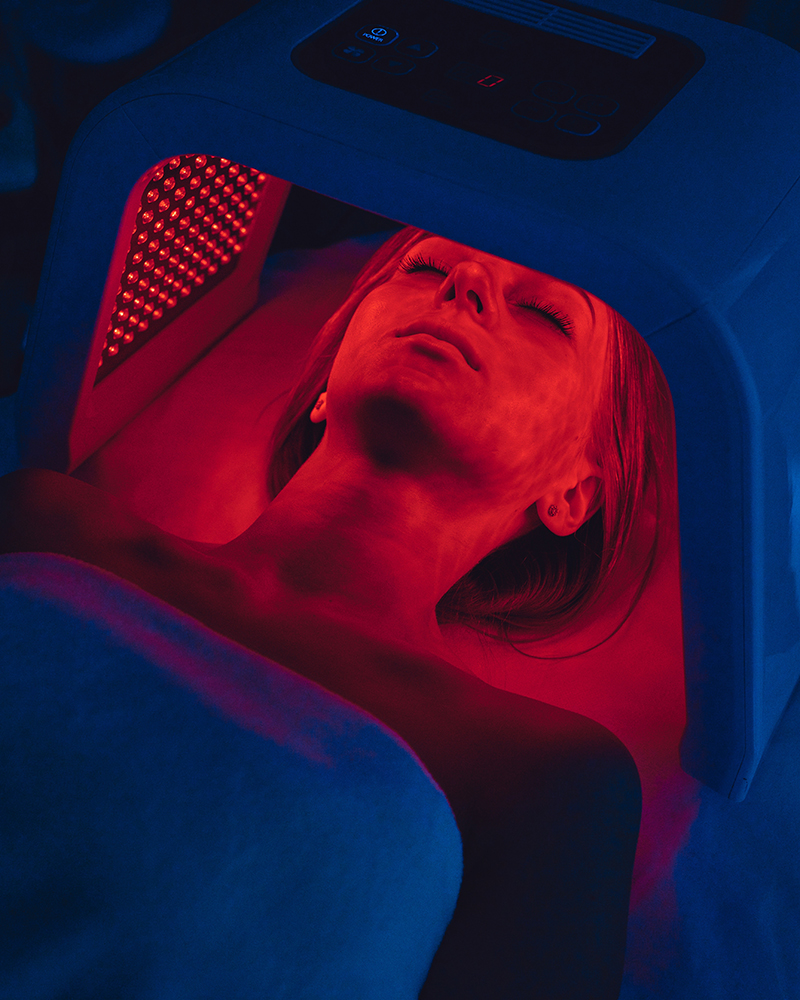
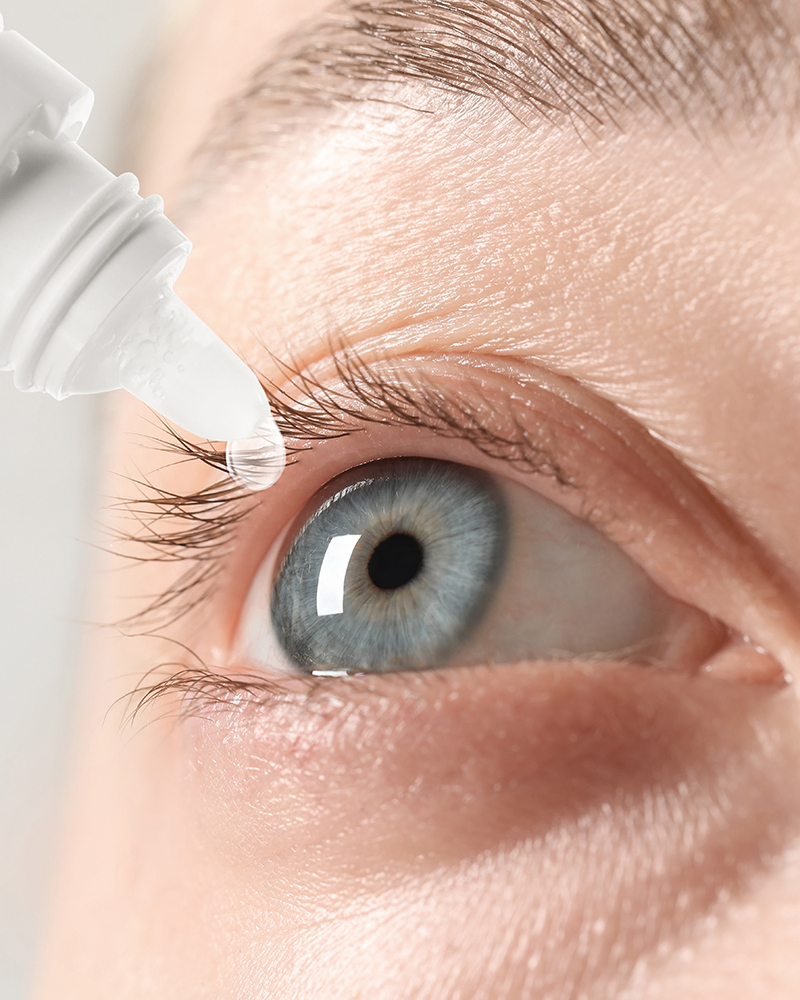

You may be more at risk of developing dry eye if you:
At your dry eye evaluation with The Eye Center, your eye doctor will perform a detailed eye exam and ask questions about your symptoms, medical history, and lifestyle to determine what could be causing your dry eye and recommend the best treatment for you.
Request Appointment
Don't let dry eye symptoms impact your quality of life - let our dry eye specialists help you see comfortably with relief that lasts. Visit The Eye Center's dry eye treatment center in Greenfield and Athol, MA, to say goodbye to the burden of dry eye with state-of-the-art treatment plans created with you in mind.
Request Appointment